250 Pounds of Produce from a 75 sq ft Raised Bed? Here's How I Did It
My Urban Agriculture Journey
For the past six years, urban agriculture has been more than just a hobby; it's a way of life. From small apartments with balconies to places with a patch of land, I've always grown my own plants and produced food.
Through research, experimentation, and trial and error, I've developed a system that allows me to grow a significant amount of food with minimal time and money. Last year, I harvested over 250 lbs of produce from a ~75 sq ft raised bed, investing less than an hour per day during the growing season!
Key Strategies for High Yield
1. Optimized Raised Bed Design and Irrigation:
The design of my raised bed is crucial. It's U-shaped, maximizing space and allowing easy access to all plants. This shape also plays a key role in my unique irrigation system. The central walkway inside the "U" acts as a water reservoir. I fill it with water, and it soaks into the surrounding soil, providing consistent moisture to the plants.
This, combined with precise irrigation scheduling based on soil moisture sensor data from a wireless monitoring system, ensures efficient water usage. I do have an automated drip irrigation system for emergencies, such as when I’m traveling. While I collect leaf wetness data using a leaf wetness sensor, my primary use of sensors is for irrigation scheduling based on soil moisture.
2. Vertical Growth and Space Maximization:
Another key to my success is vertical growth. An arch frame covered with chicken wire supports climbing plants like cucumbers and cantaloupes. This significantly increases yield and protects the plants from animals, while still allowing pollinators to access them. I've found that this method eliminates the need for pruning climbing vines, saving me considerable time.
3. Strategic Resource Management:
Sunlight Optimization: Sun exposure is also vital. My raised bed is oriented west-to-east, maximizing sunlight throughout the day.
Efficient Fertilization: I'm also strategic about fertilizer use, spending less than $50 per growing season on a mix of natural and chemical fertilizers. I focus on enriching the soil with high-quality topsoil, cow manure, and perlite for aeration, supplemented with my own compost.
4. Plant Selection and Companion Planting:
Seed and Nursery Choices: I plant from seeds and select local varieties from my nursery. I’ve found that starting some plants from nursery stock gives me a head start in my cold climate. I strategically choose pest and disease-resistant varieties that are difficult to find in grocery stores, rather than trying to grow everything.
Companion Planting and Succession: I also strategically plant companion plants, such as basil with tomatoes, to enhance growth and deter pests. I use succession planting with some crops to ensure continuous harvest.
5. Pest and Disease Management:
Because of my raised bed design and vertical growth strategy, the airflow in my garden is excellent, which helps minimize pest and disease problems. While I do spray young plants with fungicides and pesticides as a preventative measure, I minimize chemical use by spot treating and using organic methods whenever possible. I’m also working on using the leaf wetness sensor data I collect to better predict pest and disease pressure.
The Rewards and Impact of Urban Farming
One of the most rewarding aspects of this journey has been the sheer volume of fresh produce I've enjoyed and shared with others. Seeing the transformation from tiny seeds to abundant harvests is truly inspiring.
I believe urban farming is crucial for sustainable food systems. I encourage everyone to explore growing their own food, even in limited spaces.
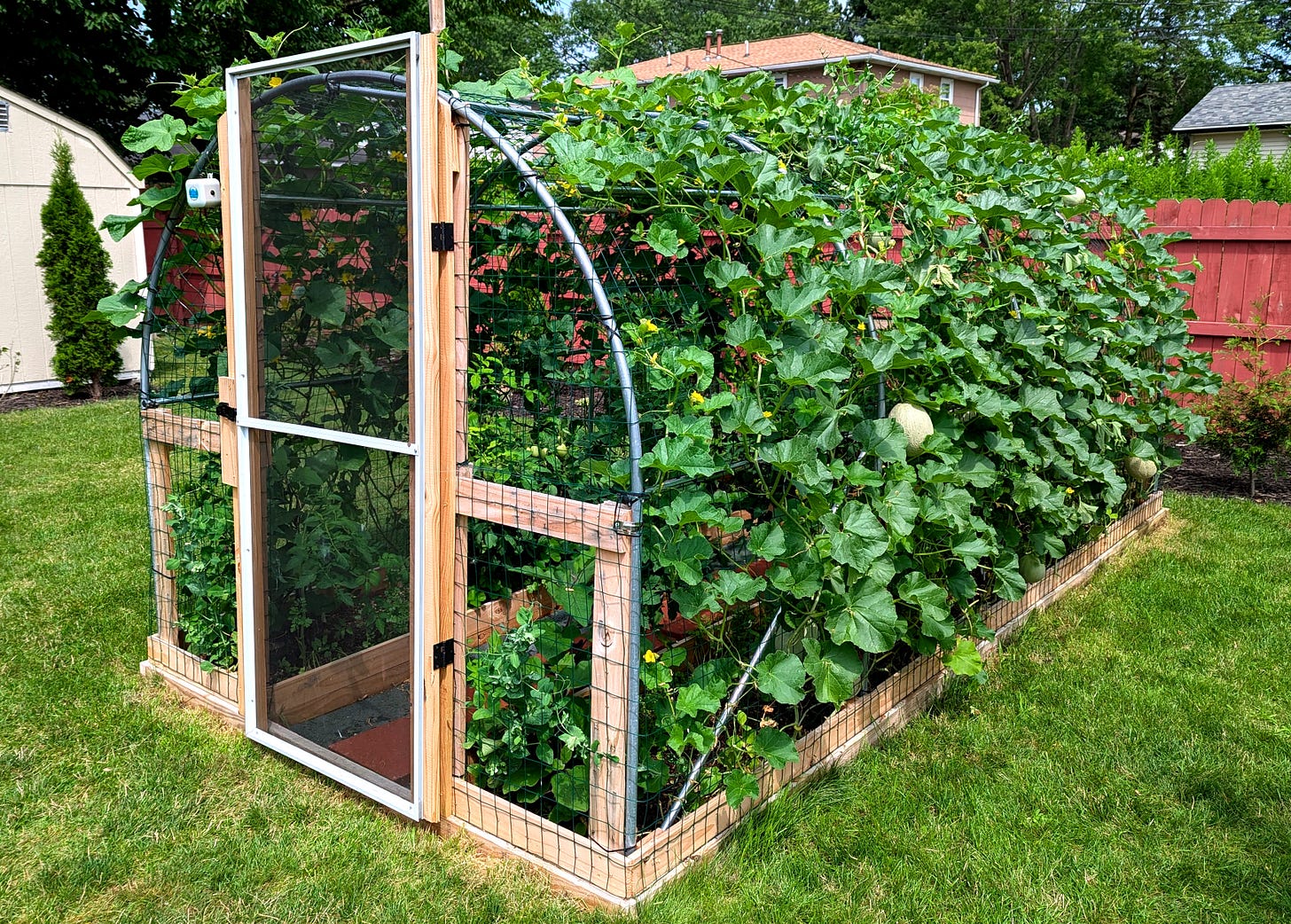
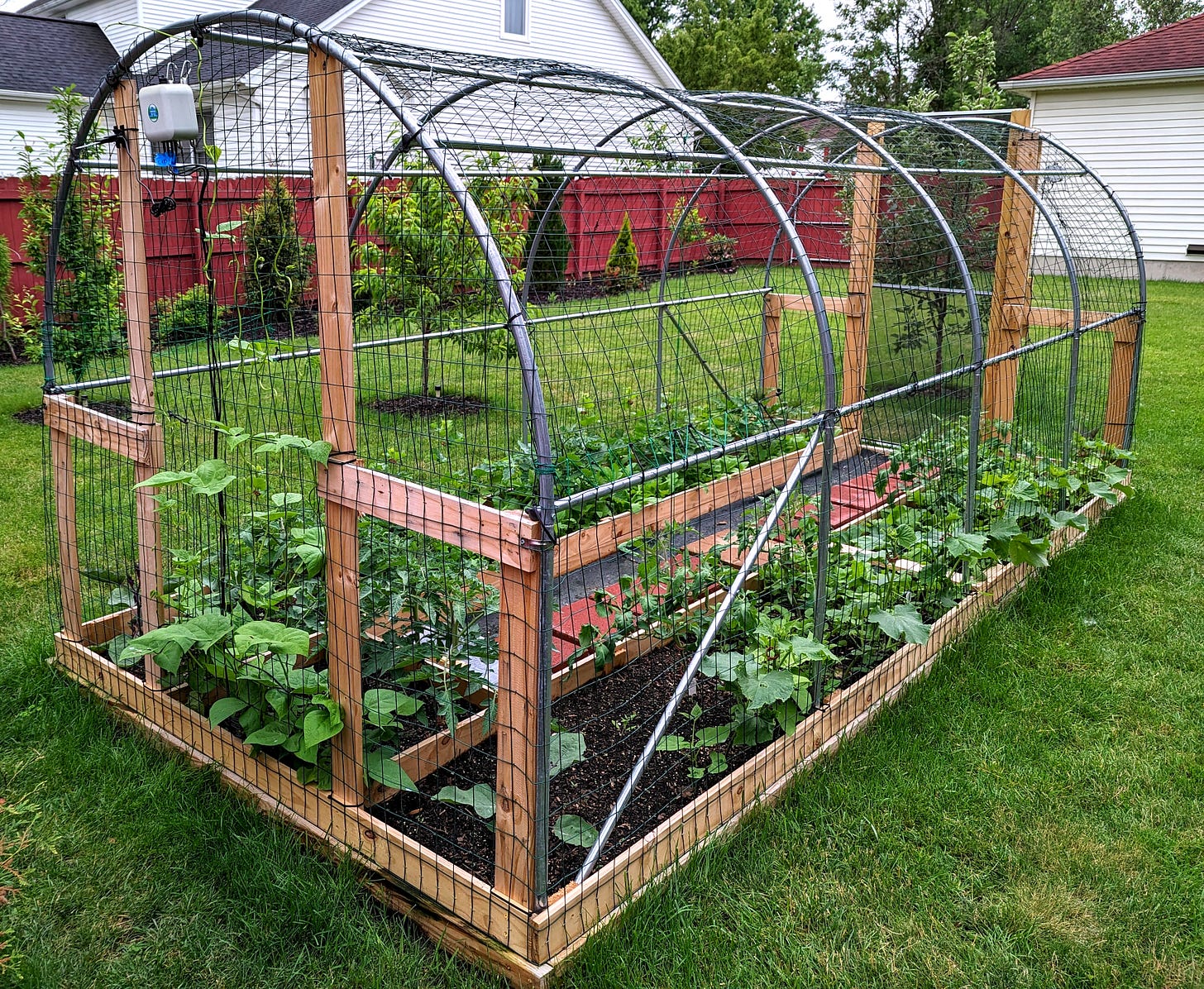
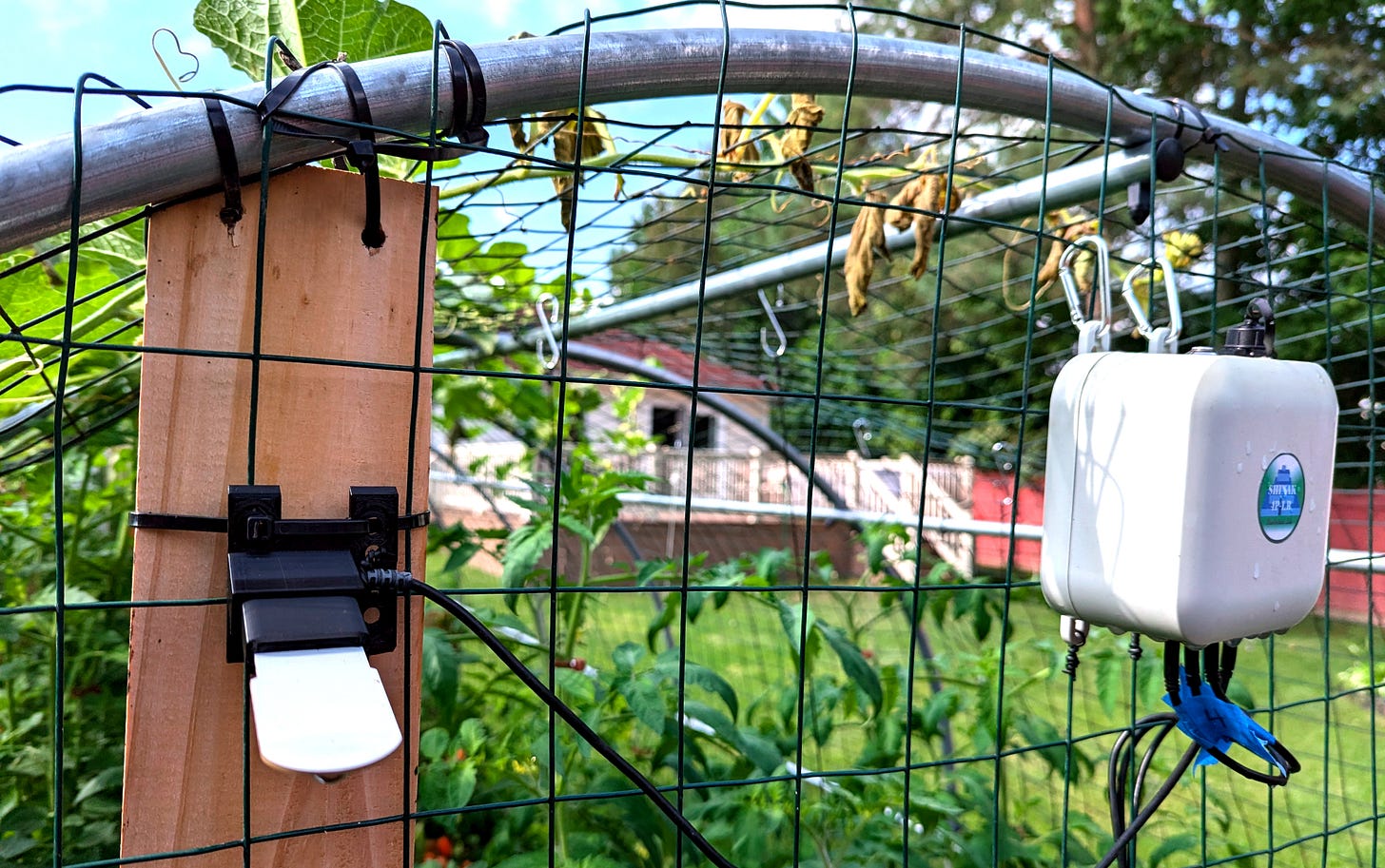
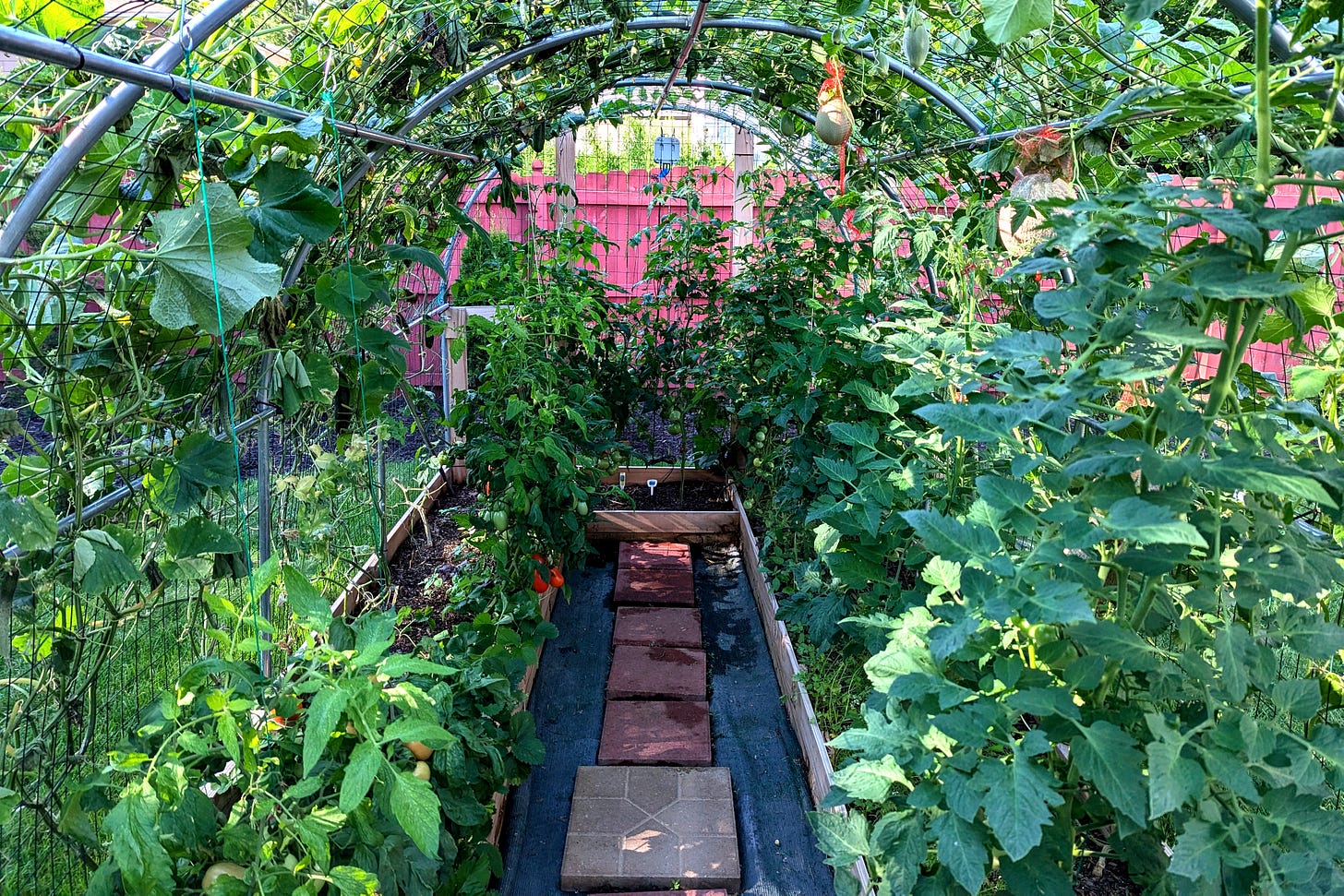

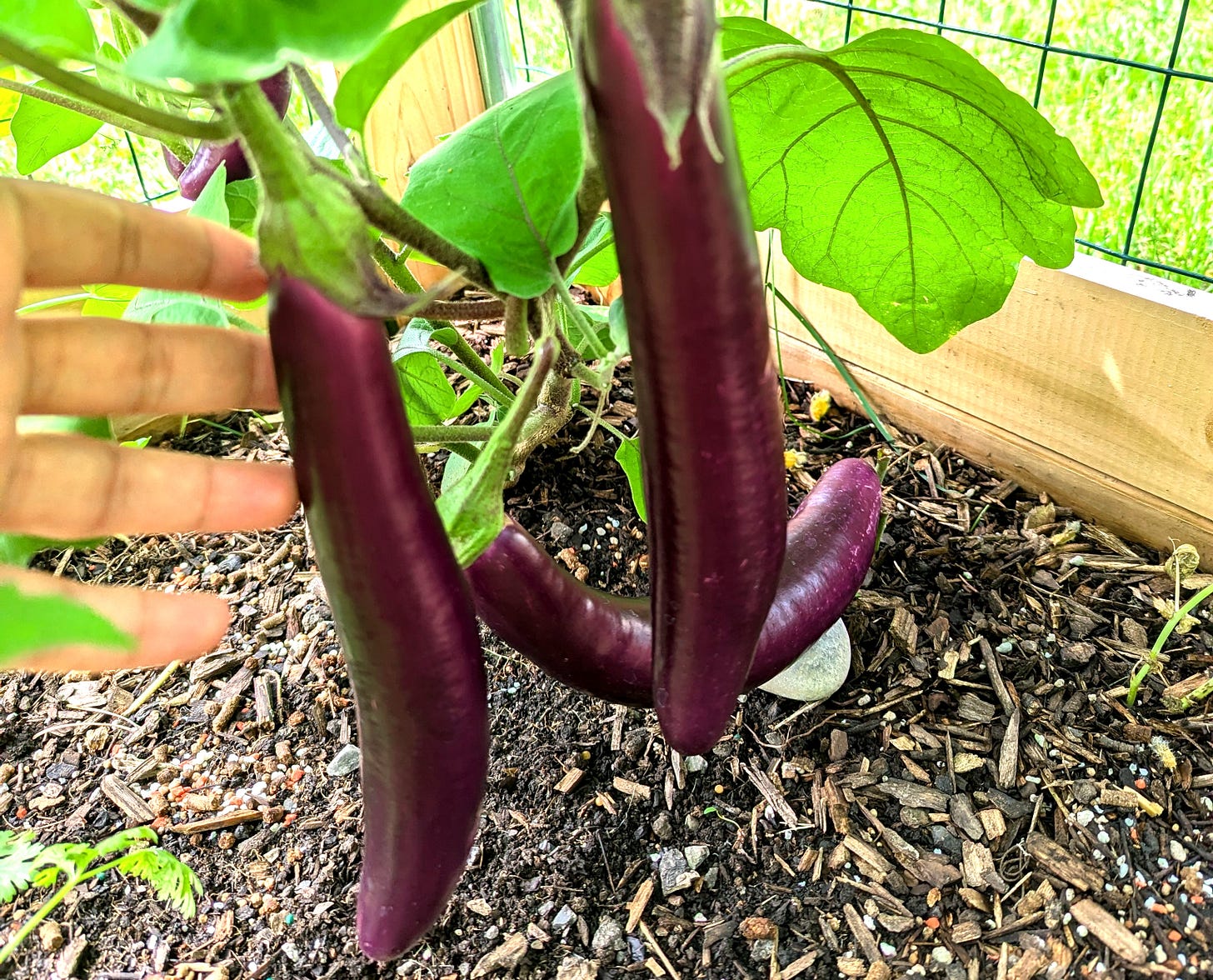
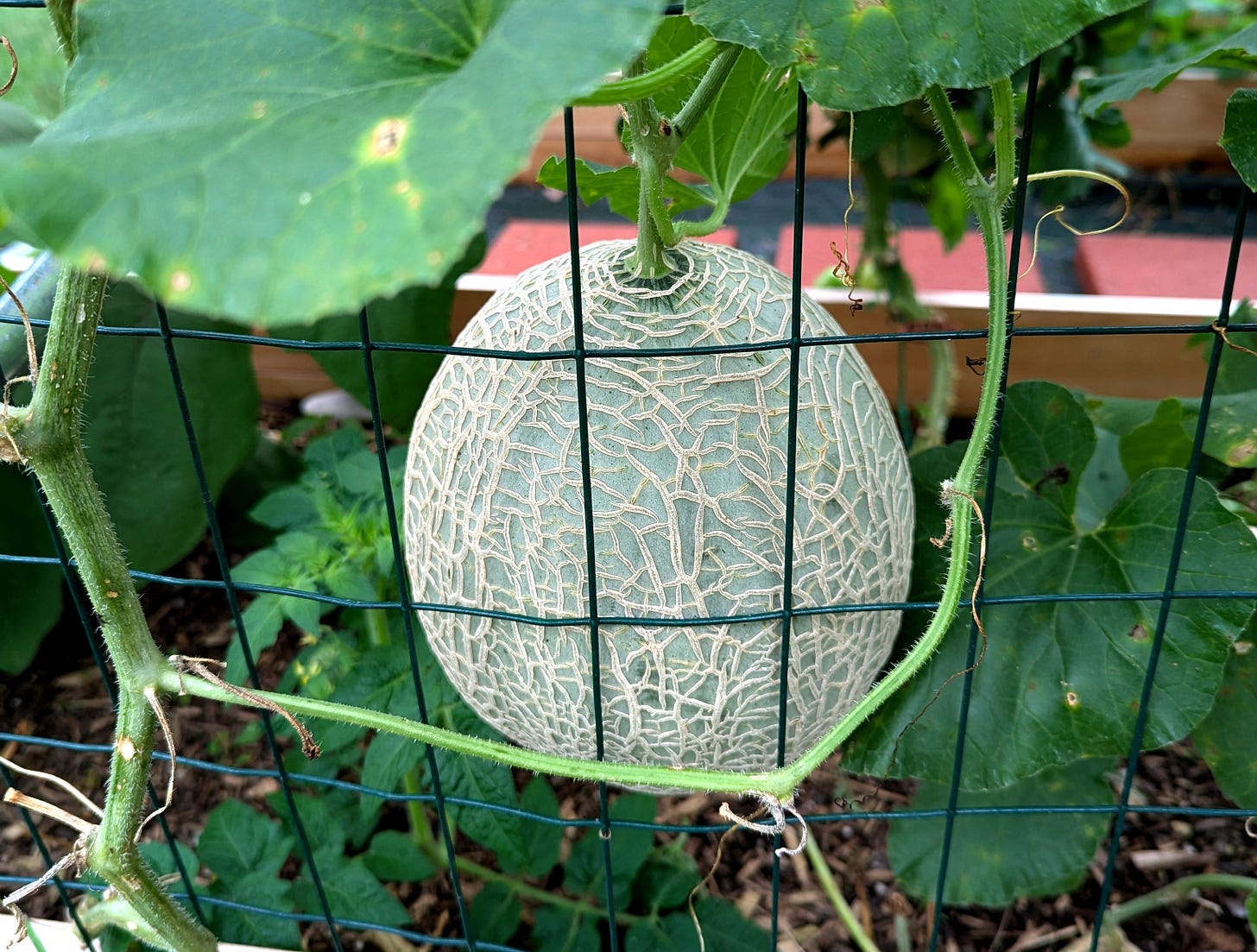
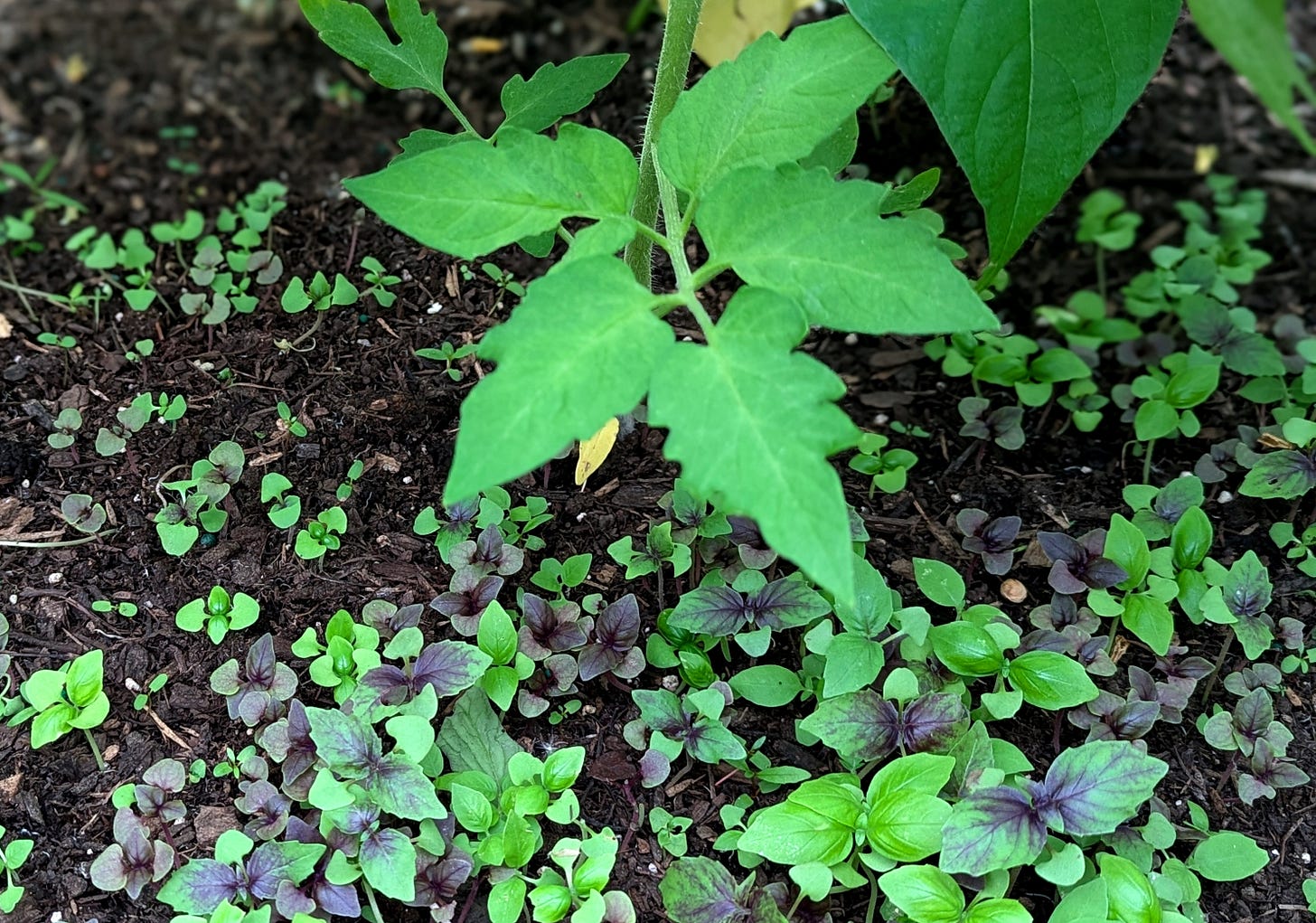

Comments
Post a Comment